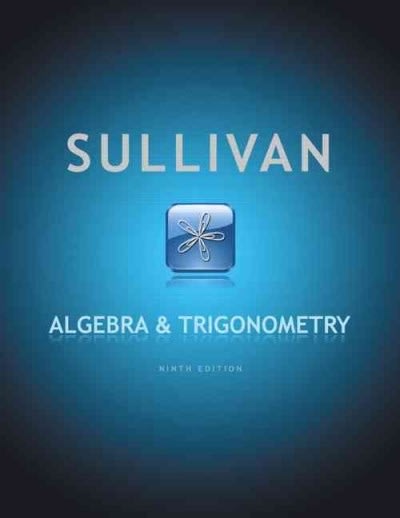Answered step by step
Verified Expert Solution
Question
1 Approved Answer
I need a help to solve these four calculus questions. 1. (2 marks) Determine whether the series below converge or diverge and select the appropriate
I need a help to solve these four calculus questions.
1.




Step by Step Solution
There are 3 Steps involved in it
Step: 1

Get Instant Access to Expert-Tailored Solutions
See step-by-step solutions with expert insights and AI powered tools for academic success
Step: 2

Step: 3

Ace Your Homework with AI
Get the answers you need in no time with our AI-driven, step-by-step assistance
Get Started


